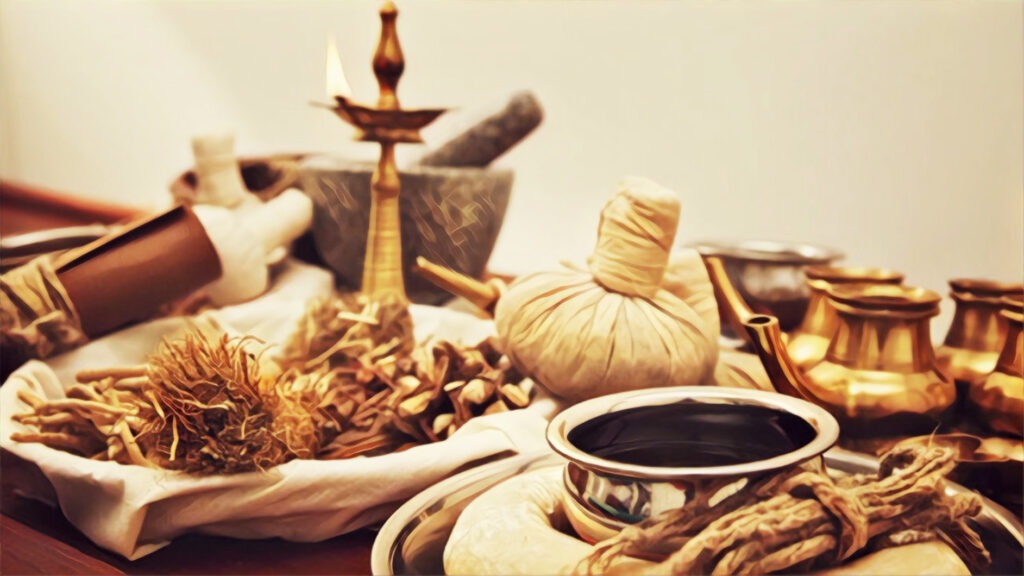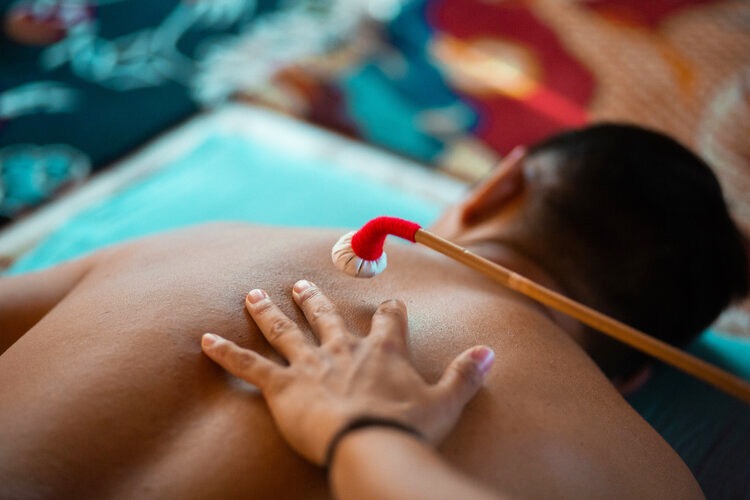The Traditional Art Of Healing
The Himalayan Buddhist system of medicine or Sowa Rigpa is still practiced today in Bhutan.
When Buddhism was first introduced in Tibet, some of these sacred scriptures and texts from the time of King Kashiraja were translated into Tibetan. It was only in 1616, when the Zhabdrung came to Bhutan, that the art of Sowa Rigpa was introduced to the Bhutanese. The Bhutanese healing tradition has evolved over the years and some of the practices are similar to the Indian and Chinese traditions.
The Concept of Sowa Rigpa
Sowa Rigpa is based on the principle that all animate and inanimate phenomena in the universe consists of five elements – earth, water, fire, air and space. Our bodies are composed of these five elements, and when these elements are not in proportion it results in bodily disorders. The medicines and diets used to treat these disorders likewise contain the same elements. A traditional healer would use knowledge, skill and experience while treating patients using the theory of ‘similarity’ and ‘dissimilarity’ of these elements.

The National Institute of Traditional Medicine
In 1967, the Third King of Bhutan wanted the earnest department of health then to develop a traditional medicinal system in the country. And so an indigenous dispensary was set up in Thimphu. Today, the dispensary has become a full fledged institute of traditional medicine and offers various therapies including acupressure, bloodletting, moxabustion, herbal & steam bath and application, nasal irrigation and massages among others. According to the drungtshos (doctors) there, traditional medicine is effective in treating chronic diseases like sinusitis, arthritis, asthma, rheumatism, liver problems, and diseases related to the digestive and nervous systems.

Sowa Rigpa or the traditional art of healing is practiced throughout the Himalayan belt. It is a science that defines health as the expression of three humors and their balances or vice versa. It views personal health as being determined not by medicine alone but also by the lifestyles we choose. In short, it is a blend of culture, tradition and ancient Buddhist beliefs.

